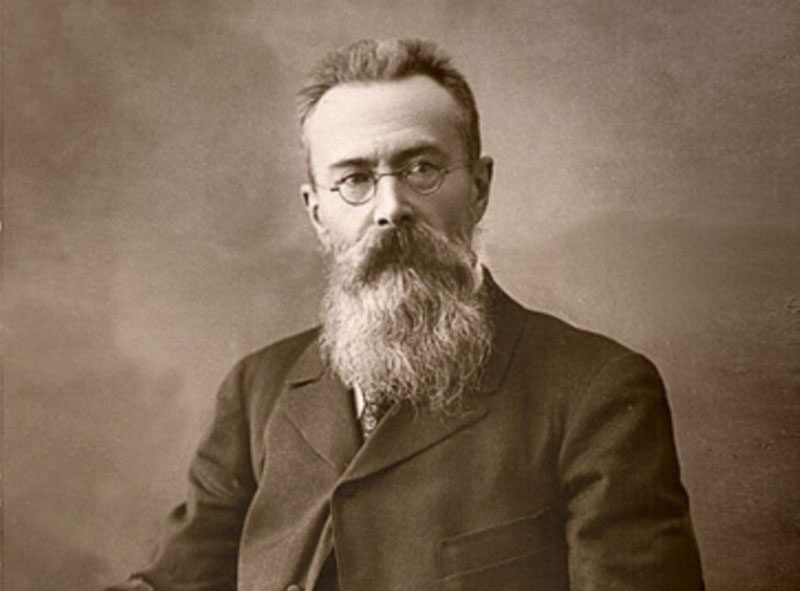“The Tale of Tsar Saltan” (Russian: Skazka o Tsare Saltane) is a fantastical opera in four acts with a prologue, composed by Nikolai Rimsky-Korsakov in 1899–1900. Based on the beloved fairy tale poem by Alexander Pushkin, the opera brings to life a world of tsars, magic swans, and faraway islands. With its enchanting music and vivid storytelling, it remains one of Rimsky-Korsakov’s most celebrated stage works — and a gem of Russian opera.
Origins: Pushkin’s Poetic Inspiration
The source of the opera is Alexander Pushkin’s 1831 poem, The Tale of Tsar Saltan, a folkloric narrative that had captivated Russian readers since its publication. Pushkin, the father of Russian literature, infused the poem with rhythm, wit, and fairy-tale charm. It tells the story of a tsar who marries one of three sisters, only to be deceived by the others and tricked into banishing his wife and newborn son. Years later, the son grows up on a magical island, discovers his noble identity, and is reunited with his father in a joyous conclusion.
This rich narrative, blending Russian folklore with magical elements, was perfect material for a composer like Rimsky-Korsakov — a master of orchestration and musical storytelling.
Composition and Premiere
Rimsky-Korsakov began composing the opera in 1899, marking the centenary of Pushkin’s birth. He completed it the following year, with the libretto written by Vladimir Belsky, a poet and frequent collaborator. Belsky stayed close to Pushkin’s original text, preserving the poetic beauty and folk tale rhythm, while adapting it for the operatic stage.
The opera premiered at the Solodovnikov Theatre in Moscow on November 3, 1900, performed by the private opera company of Savva Mamontov. It was soon taken up by the Mariinsky Theatre in Saint Petersburg, becoming part of the Russian operatic canon.
Structure and Music
“The Tale of Tsar Saltan” is divided into a prologue and four acts, each filled with dazzling orchestration, memorable arias, and colorful characters. The most famous excerpt is the orchestral interlude “Flight of the Bumblebee”, originally composed to accompany Prince Gvidon’s magical transformation into an insect as he flies off to visit his father’s kingdom. This virtuosic piece has since become a concert staple, often performed independently and adapted for various instruments.
Rimsky-Korsakov’s music vividly captures the fairy-tale atmosphere: lush harmonies evoke the sea, the shimmering tones represent magic, and folk melodies root the story in Russian tradition. The score showcases his hallmark style — brilliant orchestration, lyrical warmth, and imaginative flair.
Themes and Legacy
The opera explores themes of truth, justice, love, and reunion, wrapped in a whimsical story. Rimsky-Korsakov’s ability to bring myth and folklore to life through music helped solidify his reputation as a national composer and musical storyteller.
Over the years, The Tale of Tsar Saltan has seen numerous revivals in Russia and abroad, admired for its theatrical richness and musical inventiveness. Its fairy-tale charm appeals to both adults and children, while its music continues to inspire performers and composers.
Conclusion
The Tale of Tsar Saltan stands as a brilliant fusion of Russian literary tradition and musical imagination. By transforming Pushkin’s poem into a full-scale opera, Nikolai Rimsky-Korsakov created a timeless work that continues to enchant audiences around the world. With its unforgettable melodies, magical plot, and shimmering orchestration, the opera remains a cornerstone of the Russian operatic repertoire and a testament to Rimsky-Korsakov’s genius.


Comments are closed